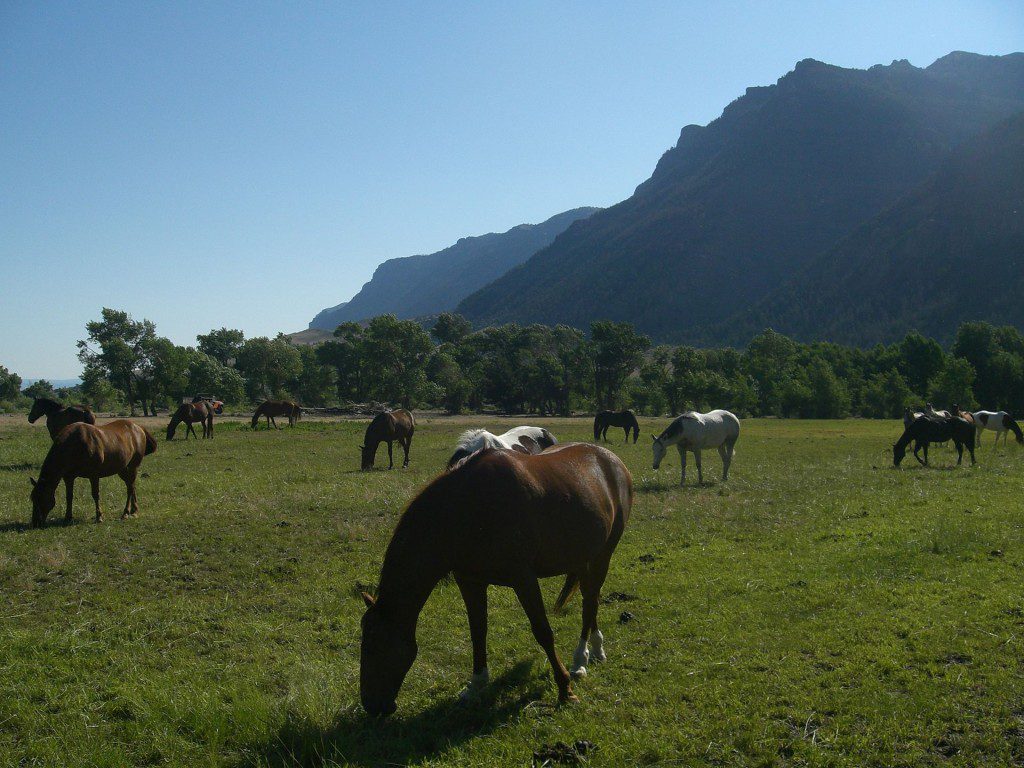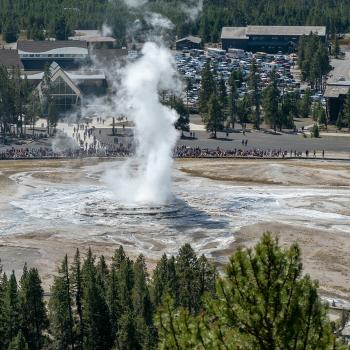
In “‘Hard’ Evidence of Ancient American Horses’ (Part 1),” I began to extract notes from an article about Pre-Columbian horses in the Americas that appeared in 2015, surveying the state of the question at that time: Daniel Johnson, “‘Hard’ Evidence of Ancient American Horses,” BYU Studies Quarterly 54/3 (2015). I continue with that project, thinking that some might find my notes of interest:
It is essential, of course in considering the question, or problem, of the Book of Mormon’s claim of horses in the Pre-Columbian New World during the historical period, that we understand exactly what the Book of Mormon actually says on the subject, and just what it does not say. This is indispensable if we hope to understand exactly what we ought to be looking for in terms of textual, pictographic, archaeological, and palaeontological evidence. Thus, says Daniel Johnson,
Before going any further, readers should remember that Book of Mormon references to horses are somewhat infrequent and not a crucial part of the narrative. According to Ether 9:19, the Jaredites had horses. They apparently were still around when Lehi’s party landed because Nephi briefly mentions them along with other large animals in 1 Nephi 18:25. Interestingly, the elephants, cureloms, and cumoms mentioned in the Jaredite history are nowhere to be found in Nephite records. A generation or more later, Enos 1:21 relates that the Nephites had many horses among their flocks. The Lamanite king Lamoni is described as having horses and chariots in Alma 18:9-10. In 3 Nephi 6:1, the Nephites still had horses among their animals when they returned to their lands after dealing with the Gadianton robbers. The last mention of horses is roughly AD 26, well before most known surviving writing or artifacts in Mesoamerica, so readers do not need to look for horses from any date later than this. Critics of the Book of Mormon point to an apparent lack of horses in surviving writings, art, and artifacts from ancient America. This may be true, but because much of the knowledge of these ancient cultures comes from archaeological finds from a much later date than the Book of Mormon’s own history (such as the Classic and Postclassic periods of the Maya region), this lack of reference is not necessarily applicable to Book of Mormon details. Not finding references to horses from these and later cultures should not be seen as problematic. (151-152)
To be continued.











